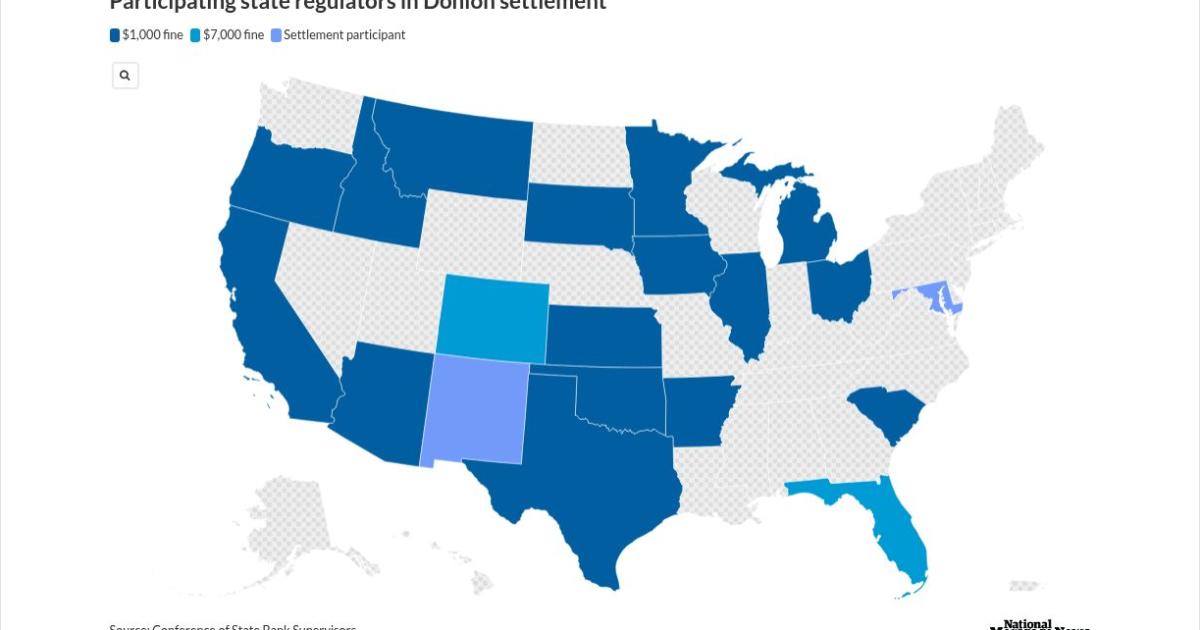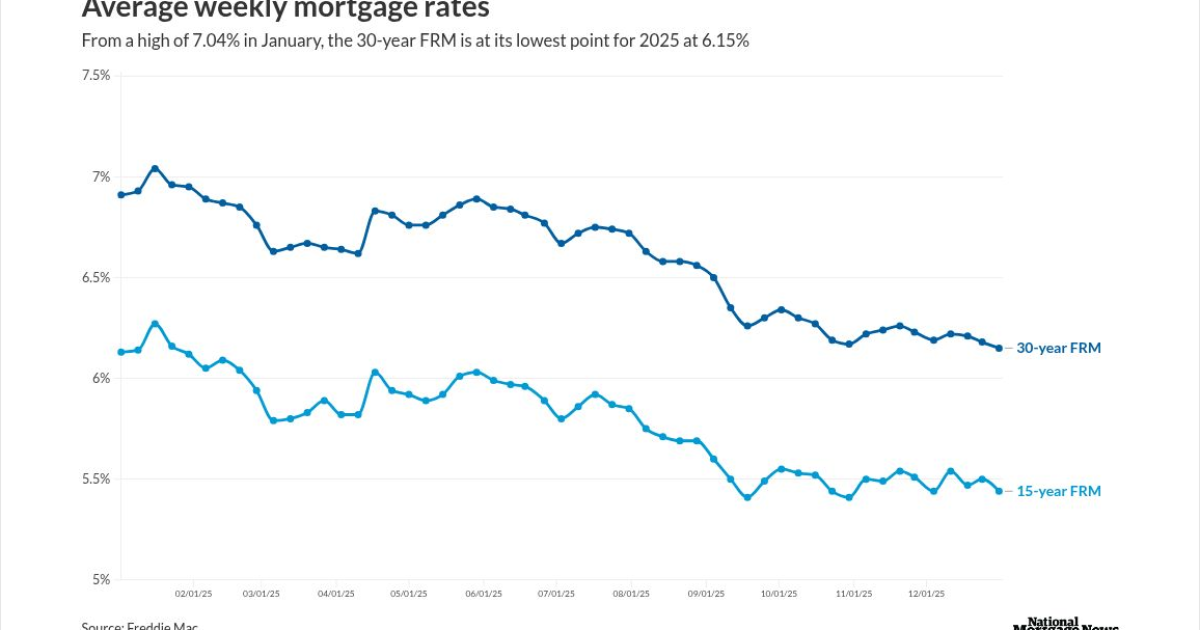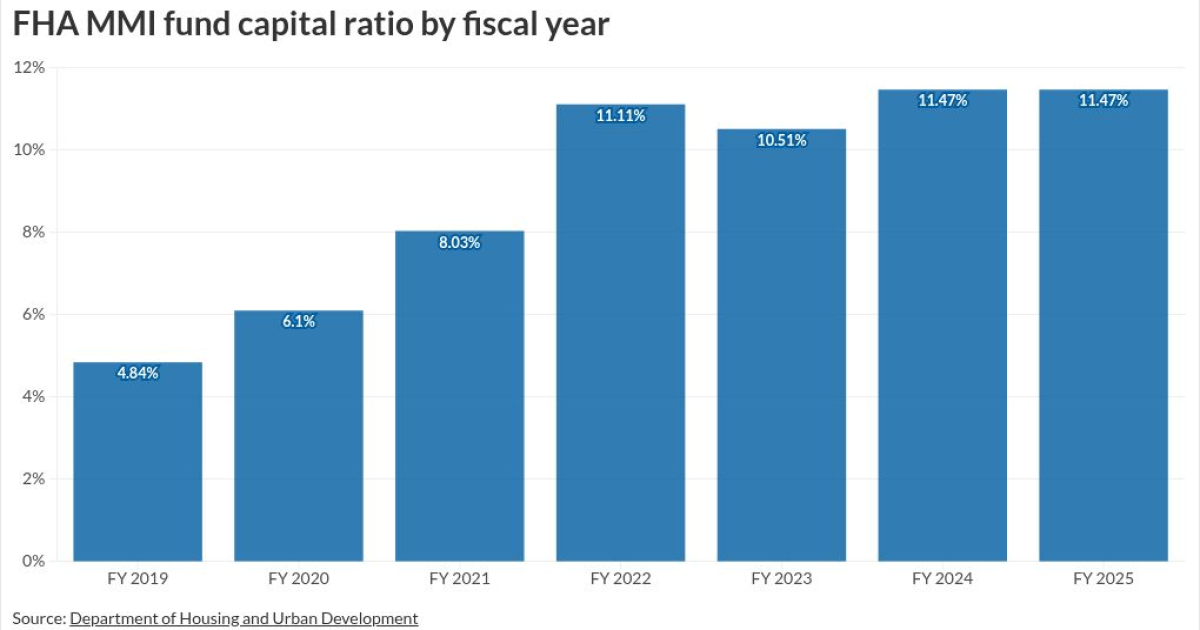
Recent changes to the implementing framework for the Community Reinvestment Act give "special consideration" to investments and other activities in Native American communities, Federal Reserve Vice Chair for Supervision Michael Barr said.
Barr delivered a speech on the newly modernized CRA during an event hosted by the Federal Reserve Bank of Minneapolis on Tuesday afternoon. He said the rule's new definitions for "Native Land Area" and the CRA credit-eligible activities within those communities could help address longstanding housing and credit access challenges.
"This important update will recognize banks providing more banking services, community development financing, and volunteer work in Native communities," Barr said. "Another key change is that banks can now get credit for qualifying activities that take place outside of their assessment areas. What this means is that even banks whose assessment areas fall outside of Native Land Areas can receive CRA credit for activities serving those areas."
Later Tuesday afternoon, in a webinar with Harold Pettigrew, the president and CEO of Opportunity Finance Network, Barr said the agencies made a point to include special provisions aimed at Native lands because of the historic challenges those communities have faced in accessing the banking system.
"That was to recognize the hard work of serving Native Land Areas," Barr said. "It's much harder to … make a mortgage loan, harder to engage in some community development activities, and we wanted to make sure that those areas were getting the appropriate attention."
The new rule also includes provisions that enable banks to get credit for engaging in activities that benefit Native individuals and communities, even if they do not live on designated tribal land.
Barr added that the ability to get credit for activities undertaken with Treasury Department-certified community development financial institutions, or CDFIs — including designated Native CDFIs — could prove particularly helpful in addressing capital and credit needs for Native communities, regardless of where they live. He noted that Native CDFIs and other community-based groups will play a "vital role" in steering banks toward the areas with the greatest need.
Barr added that CRA-eligible activities could include supporting the development of low-income housing or loans that facilitate community services, such as child care, education, workforce development and job training and health services.
The reforms are the first substantive update to the CRA in decades. They are intended to bring the standards for evaluating banks' abilities to serve their constituent communities into the 21st century, by untethering assessment areas from physical branch locations and instead factoring in the reach of mobile banking.
The framework, which goes into effect on Jan. 1, 2026, also makes structural changes to the thresholds that govern regulatory obligations. Specifically, it draws the line for being a small bank to below $600 million of assets, rather than $376 million. Intermediate banks are those between $600 million and $2 billion of assets, and large banks are those with $2 billion or less.
The new rules are not universally embraced by banks or even federal bank regulators. The final proposal drew dissenting votes from Federal Deposit Insurance Corp. board members Travis Hill and Jonathan McKernan, as well as Fed Gov. Michelle Bowman. The officials say the changes went too far and raise questions about constitutionality authority.
Barr and other regulators, meanwhile, have said the reforms are suited to stand the test of time.
In his speech, Barr said the finalized reform package also carries benefits for banks in the form of enhanced transparency and consistency. He noted that the rule includes a list of "impact and responsiveness review factors," designed to standardize how banks' community development activities are assessed. He added that the framework enables regulators to be responsive to the needs of communities, including those on tribal lands.
"In the years to come, we have an important responsibility to monitor and assess how well the updated CRA regulations meet the needs of Indian Country," Barr said. "In our role as one of the CRA's regulatory agencies, it will be critical that we continue to listen to and learn from your experiences."



